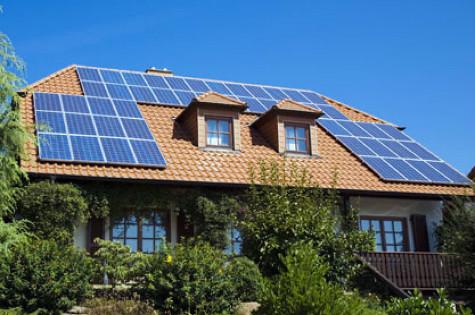Strange times are these for the Australian real estate market. The sharp increase in real estate prices that the country has experimented in the past decade, plus the recent deceleration in growth has led to some serious speculation: is Australia experimenting a housing bubble?
The prices are still on the rise, but demand has sharply decreased. One of the explanations for this is the end of the mining boom that fueled a big portion of the sector’s growth during recent years. Real estate’s demand felt the difference once that money influx went down.
Also, we should take into account the words of 2002 Nobel Prize winner Vernon Smith, who earlier this year pointed out that certain Australian cities – Melbourne, and specially Sydney – are showing symptoms of a housing bubble (credit exposure, high prices/low demand environment, lack of market regulation). The economist has been commanding several researches on housing bubbles in the recent years, so his opinion in the matter is not just anyone’s.
The reality is that many home owners are finding themselves with a new dilemma into their hands. There’s a basic principle that everyone wants to solve: nobody wants to lose money. A slowing market means less money, and a bursting bubble is even worst for home owners. Hopefully, the market won’t reach the latter, but predictions usually are no man’s land.
So, what can home owners do to soften the blow? Many are trying to sell their property while the prices are high, but as long as the market gets thinner, the chances of getting a great deal decrease. Plus, if the market reaches a situation of ‘property dumping’ – that is, many owners trying to sell quickly for a profit in a short period of time – that will probably lead to an abrupt drop in prices and increased bank exposure. In other words, the perfect scenario for a bursting bubble.
However, there’s an alternative path that relies more on trust and long-term vision than desperation. It combines two useful principles: objectively increasing the house’s value while reducing its maintenance costs.
And since we cherish more the long-term solutions than the desperate ones, we selected 4 home improvement alternatives that follow this increased value/reduced costs equation:
1. Go solar. Electricity prices in Australia are soaring, and have been for the past 7 years. The rise has been so high that this year, grid electricity has become much more expensive than solar. The average Australian household electricity bill in 2014 hovered around $1,700, while solar panel prices have dropped between 25% and 50%.
For households, a solar panel is a win-win situation. With solar, electricity bills can go down as much as 40% (an average of $680 per year), houses are less exposed to grid-related problems and certainly less exposed to energy price hikes. And of course, it’s clean, sustainable energy.
2. Install quality roller shutters. It’s amazing how something as simple as a quality roller shutter can reduce the household’s costs and prevent value loss. Roller shutters are known for being power-savers by following an ancient principle: insulation. Plus, they increase the house’s security – intrusions are harder – and add protection to severe climate conditions like hail and storms.
3. Improved roofing. A poorly maintained roof is, in terms of household costs, as dangerous as a snake pit. Bad or damaged roofs mean water leaks, humidity problems, and structural risks. Along with the house’s foundations, the roofs must be in the better possible conditions. Improving the roofs not only means to preserve a house’s value, but to prevent large maintenance expenditure in the medium term.
4. Wall rendering. If you want to preserve or increase your house’s value, you’ll have to preserve or increase the way it looks. Wall rendering is a great, cost-effective facelift for the house, and it prevents humidity problems.
To conclude, we must say that this solutions are preventive – if a bubble bursts, there’s little a regular home owner can do about it. But it’s always better to be safe than sorry. And when risks go up, prevention should be strengthened.
References:
http://www.moderngroup.com.au/solar
http://www.moderngroup.com.au/shutters/roller-shutters
http://www.moderngroup.com.au/roofing
http://www.moderngroup.com.au/other-products/wall-rendering#
https://en.wikipedia.org/wiki/Australian_property_bubble#2010s








 Agree (0)
Agree (0) Disagree (
Disagree (








__small.png)










